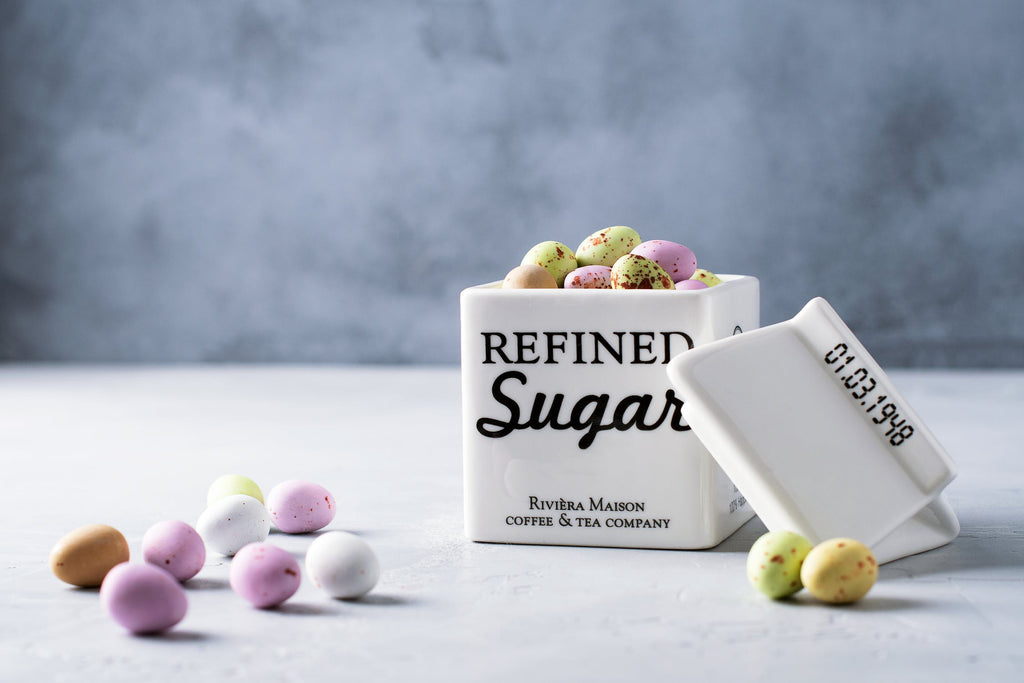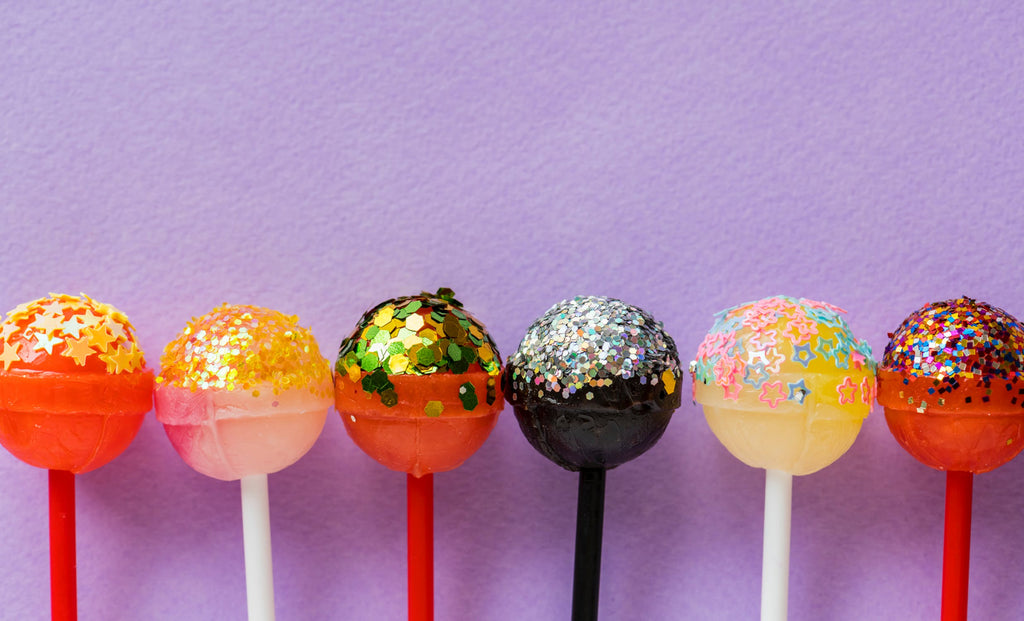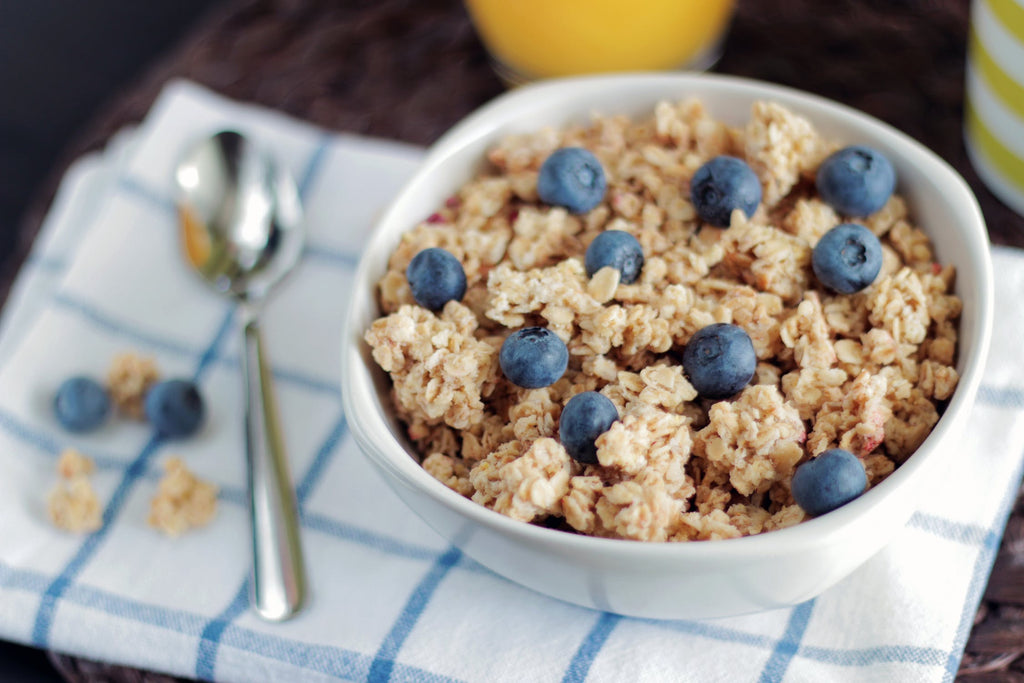
Have you ever wondered why, even after you've had breakfast, you're cranky by 10 a.m.? At 7 a.m., while having your favorite bowl of crispy cereal, you're all sunshine and roses. But a few hours later, you're feeling sluggish, snappy, and even hungry.
The reason is right under your nose. There’s a good chance your breakfast isn't going the distance because of the low grams of protein in most commercial cereal. What's more, your bad mood could also crunch down to just how much sugar you're having in the morning.
As it turns out, too much sugar in your breakfast could be the cause of your less-than-sweet behavior a few hours later.
A Not-So-Sweet Problem
We hate to tell you this, but it may be time to break up with your favorite cereal — yes, we're talking about that Honey Nut Cheerios and Kellogg's Froot Loops in your pantry.
According to the American Heart Association, men should have no more than 36 grams of sugar a day (that's 9 teaspoons), while women should not exceed 25 grams (6 teaspoons) per day. While that may sound like a generous amount, things become more bitter when you realize how much sugar exists in breakfast cereal alone.
Sure, you could take a look at the nutritional labels of any packet of cereal and determine that the amount of sugar per serving doesn't look that bad. But as the EWG points out, "The serving sizes listed on nutrition tables are absurdly small. In the real world, most people fill their bowls with well over one of those minuscule servings."
This means that while there's only 9 grams of sugar in a serving of Honey Nut Cheerios, you'd realistically consume closer to 20 grams. On top of that, an Obesity Policy Coalition study on 20 popular cereal brands found that they're made of almost 20% sugar, or five teaspoons.
If you have more than a one-cup serving of cereal for breakfast — which you most likely will — you'll consume almost all your recommended sugar intake for an entire day.
Is Sugar Really That Bad?

You bet it is. Sugar isn't just an empty calorie which holds no nutritional value, but it can lead to weight gain, and ultimately, Type 2 diabetes.
According to the CDC, “More than 30 million Americans have diabetes (about 1 in 10), and 90% to 95% of them have Type 2 diabetes.” More and more children, teens, and young adults are also developing it, which isn't great news.
Type 2 diabetes isn't the only cause of concern here. A high-sugar diet can also cause tooth cavities and heart disease.
Thankfully, there are some healthy cereal options out there. We know because we created them in three of your favorite flavors — cocoa, fruity, and cinnamon bun — and none of them has a single gram of sugar. (Seriously, zero.)
And to answer your question, yes, they still taste as sweet as your old favorites. We just replaced the sugar with healthy monk fruit instead.
How to Choose Healthy Breakfast Cereals
Besides sugar (or the lack of it), there are other things to look out for in a well-balanced breakfast that your mom or a dietitian would be proud of. (Of course, if your mom happens to be a dietitian, she'd be doubly proud.)
Whole Grain
What's the big deal about whole grain cereal? In general, whole grain cereals such as Kashi Heart to Heart Honey Toasted Oat Cereal, contain many more essential vitamins, minerals, and phytochemicals than refined grains.
Refining grains to make cereals such as Rice Krispies is a process that causes significant losses of fiber, vitamins, minerals, antioxidants, and phytochemicals.
The health benefits of whole grain includes protection against heart disease, Type 2 diabetes, and colorectal cancer. Whole grains also increase metabolism, which may help with weight loss.
So take a look at the first ingredient of any cereal you pick up. If it contains the likes of whole wheat, whole grain wheat, or even brown rice, you're in pretty good company.
That said, it's important to bear in mind that grains are high in carb content, which means if you're on a low-carb or grain-free diet, you'd need to opt for a grain-free cereal.
Don't think these exist? Our cereal is as crunchy as corn flakes without a hint of grain and just one measly gram of carbs per serving. Oh, it's gluten-free too.
High Fiber
If you asked a nutritionist what makes a healthy breakfast, chances are, they'll mention something about fiber. Dietary fiber is important for our digestive system, helps us feel fuller for longer, can improve cholesterol and blood sugar levels, and can help prevent diseases such as diabetes, heart disease, and colorectal cancer.
There are three different types of fiber — soluble fiber, insoluble fiber, and resistant starch — and you can find most of them in whole grains, fruits, and vegetables.
You’re recommended to eat at least 25 grams of fiber a day, and cereals such as the Cascadian Farm Organic Hearty Morning, with eight grams of fiber per serving, would go a long way to keeping your digestive tract happy.
What You Add to Cereal Matters

While this isn't something you have to watch out for as often, it's still important to point out that what you add to your bowl of cereal can mean the difference between having a low-sugar cereal and a high-sugar cereal.
You could eat the healthy Barbara's Original Puffins Cereal — made from whole grain oat flour with just five grams of sugar per serving — but it means nothing if you drown it in honey or pile it high with chocolate chips.
With that said, sticking to the likes of something simple such as Special K and milk can be a snooze. Instead, you can jazz up your morning bowl of cereal with healthy options such as fresh fruit (blueberries and raspberries are a low-sugar option) or Greek yogurt.
Alternatively, you could also try adding some flaxseed to your cereal or finding brands made with this ingredient. Flaxseed is a superfood that's loaded with all sorts of good, high-protein nutrients that can lower your blood pressure and even risk of certain cancers.
Your Low-Sugar Cereal Solution

If you're still looking for a low-sugar cereal that ticks all the boxes, look no further than The Cereal School — it's all the flavor and taste of cereal as you know it but without the potential heart disease or Type 2 diabetes.
We spent a long time perfecting our recipe, because we didn't want healthiness to compromise taste. And that's how we came up with a low-carb (did we mention there's just 1 gram per serving?) cereal that's made from all-natural, non-GMO ingredients, with no artificial sweeteners or colors.
The Cereal School is crunchy and sweet like the favorites you grew up with, and yet, it's nothing like the breakfast you knew.
We've also packed in a massive 16 grams of protein per serving to ensure you avoid that mid-morning slump. We'd call that a pretty sweet low-sugar cereal solution. So what are you waiting for? Give it a try and get ready for a brand-new day.



